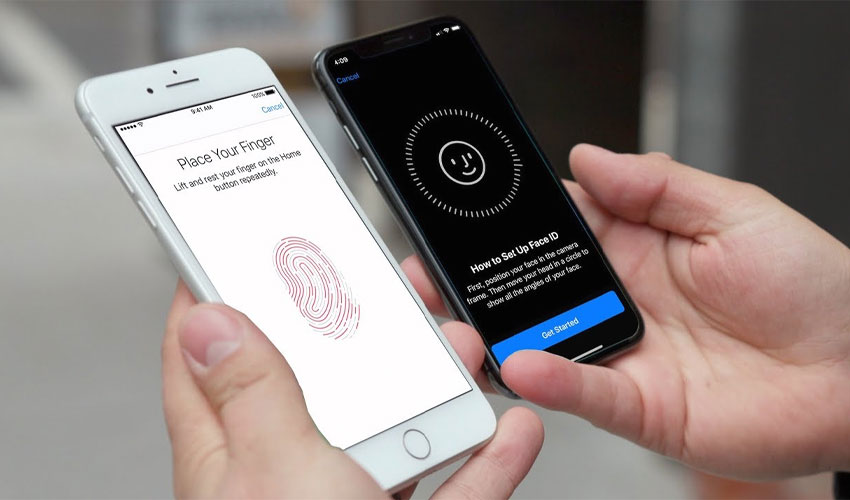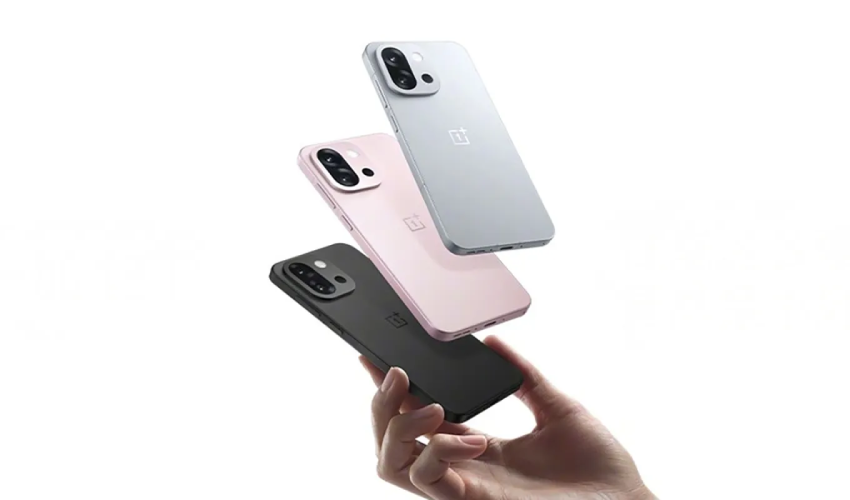In an era where personal data is more valuable than ever and the risk of cyber threats looms large, securing our devices has become paramount.
While digital threats like malware and hacking persist, the age-old risk of physical theft remains. To safeguard the treasure trove of personal information stored on our smartphones – from bank details to cherished photos and contact lists – we must ensure device security.
The question is, how should we unlock our devices to achieve this?
Traditional methods like passcodes, while commonly used, can be vulnerable to hacking, from brute force attacks to exploiting fingerprint smudges.
Gesture-activated access, while seemingly convenient, is also susceptible to skilled hackers.
Biometrics: The Future of Device Security:
Increasingly, individuals are turning to biometrics, leveraging unique personal data that theoretically only they possess.
Two primary biometric options have emerged: Face ID, which uses the device's front-facing camera to verify the user's face, and fingerprint scanning.
Both options have their advantages and drawbacks. Apple's Touch ID, for example, relies on a fingerprint placed on a sapphire crystal capacitive sensor to unlock the device, taking into account not just fingerprint patterns but also the precise location of skin pores.
However, with the advent of the iPhone X, Apple replaced Touch ID with Face ID.
Is Face ID Truly Secure?
This shift represented a trade-off between convenience and security. Apple sought a sleeker device front, devoid of the iconic home button, which had been a fixture since the iPhone's inception.
In its place, Face ID offered a more straightforward but arguably less secure alternative.
Face ID allows users to unlock their phones by simply aiming the camera at their face. While designed for a seamless experience, it is considered less secure.
Research has shown that individuals with similar facial features can potentially gain access to others' phones since facial recognition relies on lower resolution and facial features are not entirely unique.
In fact, researchers managed to spoof facial recognition security using social media pictures even before Face ID was introduced.
While Face ID may not pose catastrophic security risks, accidental unlocking between family members remains a possibility.
Ultimately, facial recognition is less reliable than fingerprint scanning for device security. However, it's important to note that fingerprint security is not immune to hacking either.
Given the choice between an Android phone with facial unlocking or fingerprint security, users prioritizing device security should consider fingerprint scanning.
On the other hand, those seeking quick and convenient access, even at the expense of some security, may opt for Face ID.
Regardless of the method chosen, it's essential to avoid storing sensitive information where it could be accessed easily by unauthorized individuals.



























